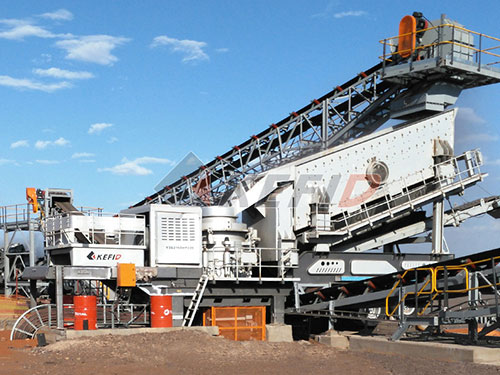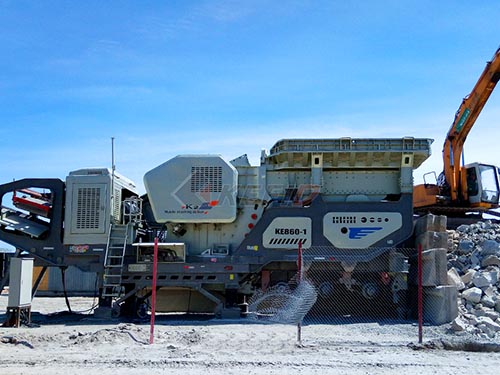The Silent Revolution: How Multiple Can Crushers Are Reshaping Recycling Infrastructure
The rhythmic crunch-thud of aluminum cans meeting their demise has long been the soundtrack of earnest recycling efforts in garages, break rooms, and community centers. Yet, this familiar sound is undergoing a profound transformation. Moving beyond the iconic single-can crusher mounted on a wall, the advent of sophisticated Multiple Can Crushers represents not merely an incremental improvement, but a fundamental shift in how we process recyclable waste. This technology is quietly revolutionizing recycling efficiency, operational economics, and environmental impact on scales ranging from the local pub to municipal processing facilities.
The Aluminum Avalanche: A Problem Demanding Innovation
Aluminum can recycling stands as an environmental success story. Recycling aluminum saves approximately 95% of the energy required to produce it from raw bauxite ore. Globally, over 70% of all aluminum beverage cans are recycled – a testament to established collection systems and inherent material value. However, this success breeds its own logistical challenge: volume.
Space Invasion: Collected cans are bulky. Their inherent air space makes storage and transportation inefficient and costly. Warehouses overflow, collection bins fill rapidly, and transport vehicles carry more air than metal.
Labor Intensity: Manually crushing cans one-by-one is tedious and time-consuming. For businesses generating hundreds or thousands of cans weekly (bars, stadiums, offices), this task consumes valuable labor hours better spent elsewhere.
Safety Concerns: Manual crushing can pose risks – sharp edges on damaged cans, repetitive strain injuries from constant force application.
Contamination & Handling: Loose cans are prone to spillage and contamination (residual liquids attracting pests). Efficient crushing facilitates cleaner handling and reduces contamination risks at Material Recovery Facilities (MRFs).
Economic Friction: The sheer volume translates directly to higher transportation costs per unit of actual aluminum recovered. Reducing volume at the source significantly impacts the bottom line for recyclers and businesses alike.
The traditional single-can crusher offered a partial solution but remained fundamentally limited by its sequential operation. The need was clear: a quantum leap in processing speed and volume reduction.
Engineering Ingenuity: Deconstructing the Multiple Can Crusher


Multiple Can Crushers address these challenges head-on through intelligent mechanical design focused on batch processing:
1. High-Capacity Hopper Design: The entry point is a robust hopper engineered to hold dozens or even hundreds of empty aluminum cans simultaneously. Design considerations include:

Leave a Reply